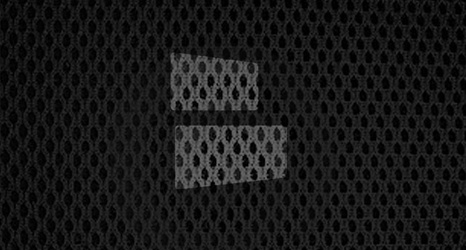Trading up in the NFL draft for a non-quarterback is a temptation general managers should almost always resist. Like candy while on a diet or an NBA midrange 2, passing on immediate satisfaction will lead to better long-term results.
The value of trading down -- and not trading up -- has been an enduring refrain of analytics disciples ever since economists Cade Massey and Richard Thaler wrote their original paper on overconfidence and market efficiency (or lack thereof) in the NFL draft more than 15 years ago. In that analysis the economists found, for example, that the probability a first-round player starts more games than the next-selected player at his position is just 58% -- and only 53% across the entire draft.
